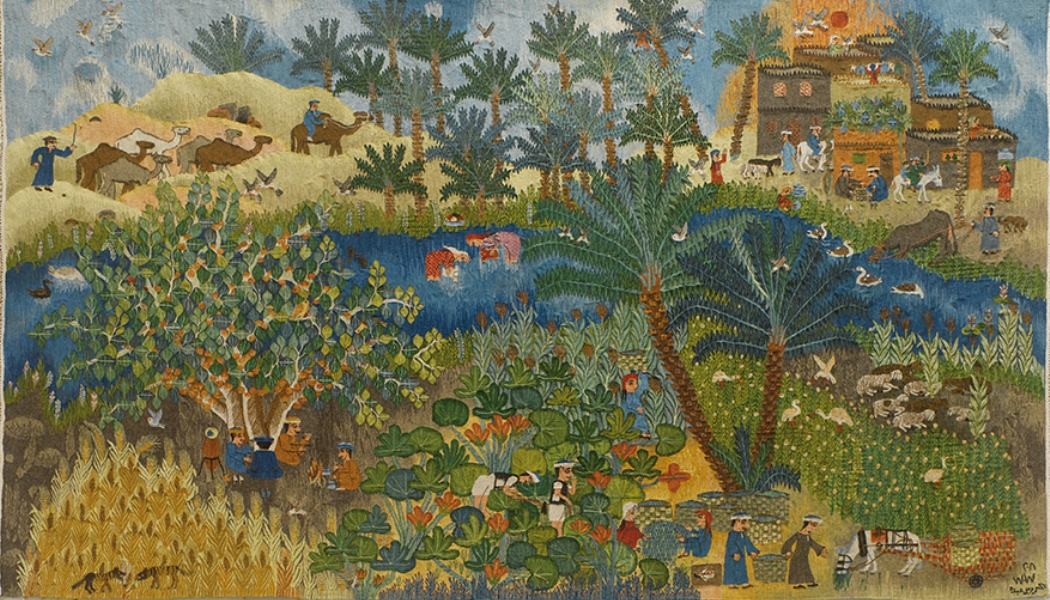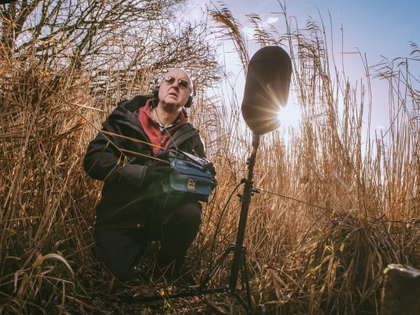Why do kids get to play with paint and paper all the time, but so many adults let creativity drop out of our lives? It’s usually a question of time. But when we came to devise activities for our dementia-friendly museum programme, we found it was also a challenge to nourish visitors’ artistic side while being careful not to treat anyone like children.
People at our dementia-friendly sessions have often led artistic lives, from knitting and sewing to painting or architecture. Some still go to art classes, or have taken up pottery, but many have given up on being creative.
We find the New Economics Foundation’s Five Ways to Wellbeing extremely helpful as a simple checklist for wellbeing activities at RAMM inExeter. But the crucial activities it highlights – be active, take notice, learn, connect, and give – don’t include any creative imperative. Yet for many of us, our mental health suffers if we go too long without creativity in our lives. And when we are given materials, space, light and time and told to make something, it can feel like loosening tight clothes after far too long.
We’re developing art-making sessions for RAMM’s Living Each Season dementia-friendly programme which use the museum to inspire hands-on creativity. Like our object-handling sessions and gallery tours, the focus is on the moment – the sights, textures and materials in front of you. We hope people will enjoy the process of making something, the social time, and the museum environment with its rare capacity to relax and stimulate simultaneously.
We aim to provide an experience that will make people feel proud of what they have created, but our visitors with dementia don’t necessarily want to take things home.
It’s hard finding creative activities to suit everyone. We try to avoid anything that might come across as too childish, or too feminine. And people don’t enjoy themselves if they’re worried there’s a right way to do things. It seems to work best when the group collaborates on something together, that we can all appreciate as it grows, yet still point to the parts we know we each made.
For our last session, we took a walk to the World Cultures galleries to seek inspiration in an Egyptian tapestry made for RAMM in 2008. It depicts a village by the Nile, bustling with activity. There are women washing clothes, men smoking under the trees, and foxes pouncing on a chicken in a grain field. The picture is bursting with plant life too – from courgette flowers to palm trees.
We looked at the details, described what we could see, talked about plant dyes and weaving skills. Then we went back to our meeting space and the autumn theme to create and decorate leaves for a large tree created on muslin by an artist-facilitator.
We had already set the scene with a BBC Radio 4 slideshow of stunning Autumn trees at Stourhead Gardens, in Wiltshire, with evocative description from National Trust gardener Alan Power. And we often use a CD of Ebb and Flow, a nature sound installation created by recording artist Chris Watson for RAMM. We’re starting to share resources for dementia-friendly museum sessions on our new Living Each Season blog.
Our focus is on providing activities to help people with dementia feel good. But we want carers to feel like it’s a treat too, time to relax while we take charge of making tea and decisions, sweeping up crumbs and wiping away paint. We hope at least for a moment that each person in the room will connect with his or her identity – as a person, not a carer or a person with an illness – and set free that creative impulse, however long it has been locked away.
So we don’t distinguish between our visitors with and without a diagnosis. The atmosphere in the room is warm, calm and friendly. People are encouraging and patient with each other in this small group.
We have discovered that we have created a rare space where people with dementia and their carers can do something together on an equal level, where both feel supported without talking about day-to-day problems. We don’t mention dementia, unless someone with dementia brings it up.
It feels like a small triumph to see a caring but worn-out wife look at her husband with renewed respect. She’s been watching him receive sincere praise for an artistic talent that shines even when the gentleman in question struggles to communicate verbally.
Once, I was making a collage of the sky alongside this same man, and told him I wasn’t sure if mine was finished. He looked me straight in the eye, and clearly said: “Stop there.” I trusted his opinion, and did what he suggested. I wondered how long it had been since he last gave someone else advice. That felt like a large triumph.












